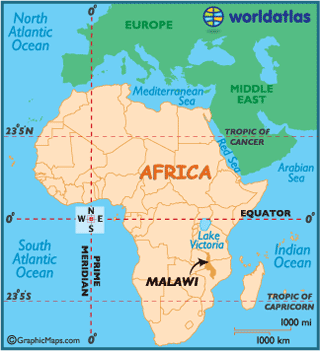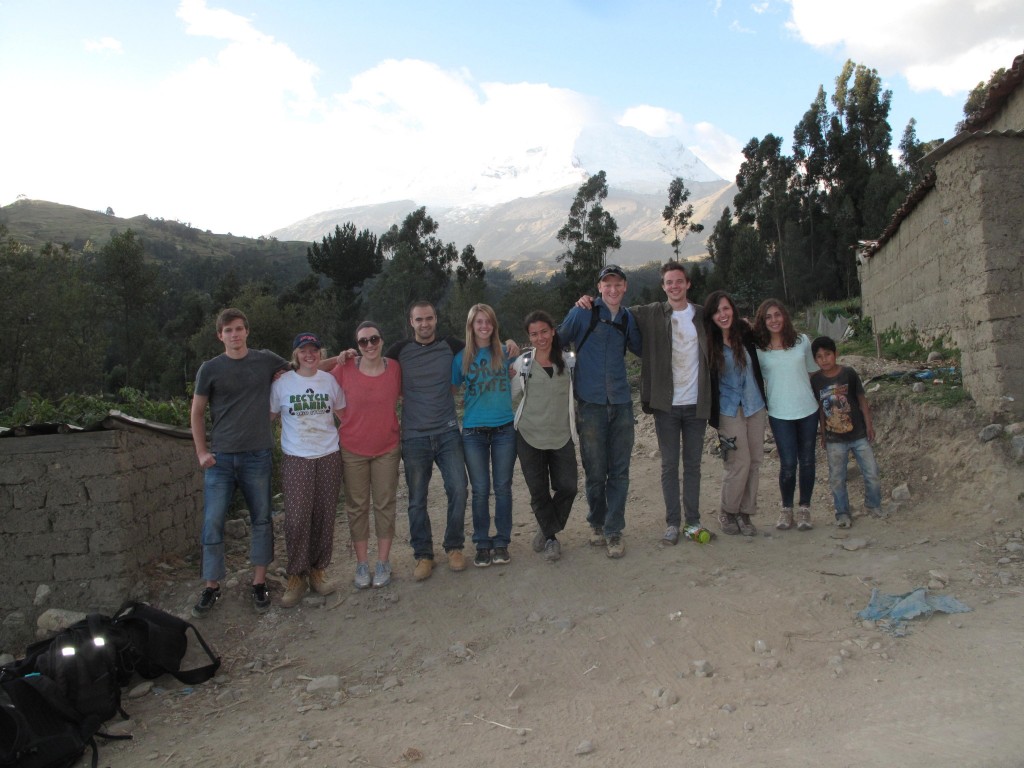The surgical theatre was scheduled for its first operation today! I don’t know all the details (ad will share when I get an update) but there were actually two gynecologic surgical procedures planned and they will be the first patients that will stay overnight and be admitted to Child Legacy Hospital. A really big deal for a clinic that for years has only provided outpatient care. Such an exciting time to be prepping for a trip to see it all in the flesh.
My flight is booked, my personal expenses are saved, and now I’m asking for help to cover the remaining project costs.
Since most or all of my community volunteers only speak Chichewa, I’ll be working with a research assistant/translator to help me get around to villages throughout the catchment area and check up on the surveillance system. Everyone on the research team I’ll be working with on site is Malawian, which is another great benefit of working with CLI.
I’m also providing volunteer toolkits, to help the surveillance volunteers in the villages surrounding Child Legacy know they are part of something important and that their work matters. Gladson, my preceptor, let me know that giving them something branded would help make that connection. I’m thinking of giving all of the volunteers their toolkits (manuals, volunteer ID cards, office supplies, airtime etc) in a branded reusable bag that they can then use for other purposes and be reminded of their role.
It’s these remaining project costs that I could use some help with.
I’ve set up a fundraising page to accept donations. Every little bit counts, really!
$5 provides the airtime it takes to supply volunteer with the phone calls they need to report a death in a timely manner. If you donate $5 or more I will send you a photo and some information about the community volunteer who you are empowering to be a part of something, gain new skills and improve maternal care in their village.
If you donate $20, you’ll provide a day’s salary for my translator. If you donate this much I’ll find out what your name would be in Chichewa and report back.
My birthday is approaching and I’d love to dedicate it to this project. Please donate to my project instead of buying me a celebratory beer or a trendy greeting card. It would mean the world to me and it really makes a difference to the volunteers and communities I’ll be working in.
I’ve already received so much moral support from my family, my work family and friends. Can’t thank you all enough for all of the excitement you have shared with me and your encouragement in doing what I love.














